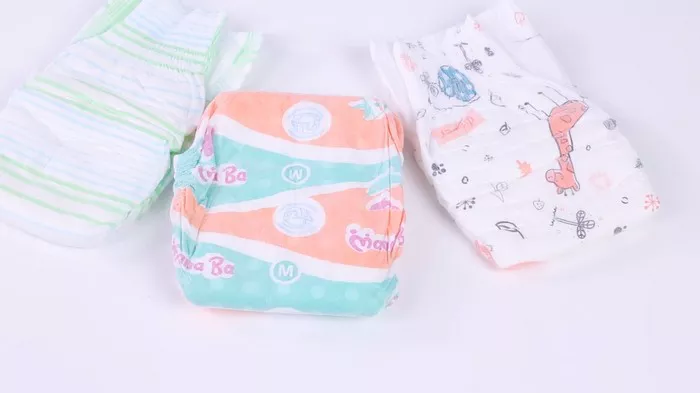In today’s world, where environmental consciousness is on the rise and sustainable living is becoming increasingly important, parents are often seeking alternatives to traditional disposable diapers. While diapers are undoubtedly convenient, they contribute significantly to landfill waste and can take centuries to decompose. Moreover, the chemicals present in disposable diapers raise concerns about their impact on both the environment and the health of babies. In light of these concerns, many parents are turning to alternative options that are not only eco-friendly but also gentle on their baby’s skin. In this article, we will explore a range of alternatives to traditional diapers, from cloth diapers to elimination communication, helping you make an informed decision that aligns with your values and lifestyle.
Cloth Diapers: A Time-Tested Solution
Cloth diapers have been used for generations and are making a comeback in modern parenting circles. These diapers are typically made from natural fabrics such as cotton, hemp, or bamboo, making them gentle on babies’ delicate skin. Cloth diapers come in a variety of styles, including prefolds, fitted, and pocket diapers, allowing parents to choose the option that best suits their needs. One of the primary benefits of cloth diapers is their reusability, significantly reducing the amount of waste sent to landfills. Additionally, cloth diapers can save parents money in the long run, especially when used for multiple children or with the option to resell them once they are no longer needed.
Biodegradable Diapers: Balancing Convenience and Sustainability
For parents who prefer the convenience of disposable diapers but are concerned about their environmental impact, biodegradable diapers offer a middle ground. These diapers are made from plant-based materials such as bamboo, corn, or wood pulp, making them more eco-friendly than traditional disposable diapers. Biodegradable diapers are designed to break down more quickly than their conventional counterparts, reducing the long-term burden on landfills. While biodegradable diapers may still contain some synthetic materials, they are generally free from harmful chemicals such as chlorine, fragrance, and latex, making them a safer option for babies’ sensitive skin.
Hybrid Diapers: Combining the Best of Both Worlds
Hybrid diapers offer a versatile solution for parents who want the convenience of disposable diapers without the environmental guilt. These diapers feature a reusable outer shell or cover with a disposable insert, allowing parents to reduce waste while still enjoying the ease of disposable diapers. The outer shell can be used multiple times before needing to be washed, making hybrid diapers a practical choice for busy families. Additionally, many hybrid diaper brands offer compostable or biodegradable inserts, further minimizing their environmental impact. While hybrid diapers may require a higher initial investment than traditional disposable diapers, they can ultimately save money and reduce waste in the long run.
Elimination Communication: A Natural Approach
Elimination communication (EC), also known as infant potty training or diaper-free parenting, is a practice in which caregivers learn to recognize their baby’s cues and signals for elimination and assist them in using a potty or toilet from an early age. While EC requires commitment and patience, proponents argue that it promotes early communication between parents and babies, fosters a stronger bond, and reduces reliance on diapers altogether. By practicing EC, parents can minimize their environmental footprint by significantly reducing or eliminating the use of diapers altogether. However, it’s essential to approach EC with realistic expectations and be prepared for accidents along the way.
Diaper-Free Time: Letting Baby Go Au Naturel
One of the simplest alternatives to diapers is allowing babies to go diaper-free for periods throughout the day. Diaper-free time, also known as “naked time,” allows babies’ skin to breathe and reduces the risk of diaper rash. During diaper-free time, parents can place their baby on a waterproof mat or towel and monitor for signs of elimination, such as squirming or grunting. While diaper-free time may not be practical all the time, incorporating it into your daily routine can promote healthy skin and reduce the overall reliance on diapers.
Conclusion
In conclusion, there are several alternatives to traditional diapers available to parents today, each with its own set of benefits and considerations. Whether you opt for cloth diapers, biodegradable diapers, hybrid diapers, elimination communication, or diaper-free time, the key is to choose an option that aligns with your values, lifestyle, and parenting philosophy. By exploring these alternatives, you can reduce your environmental impact, save money, and provide the best possible care for your baby’s delicate skin. Ultimately, the choice is yours, but with a growing emphasis on sustainability and eco-conscious living, the demand for diaper alternatives is sure to continue to rise.



